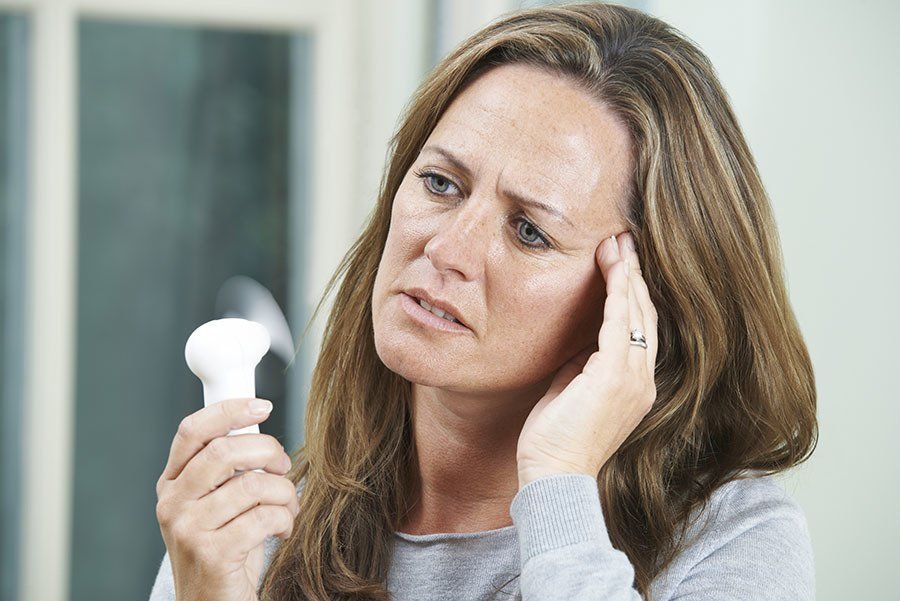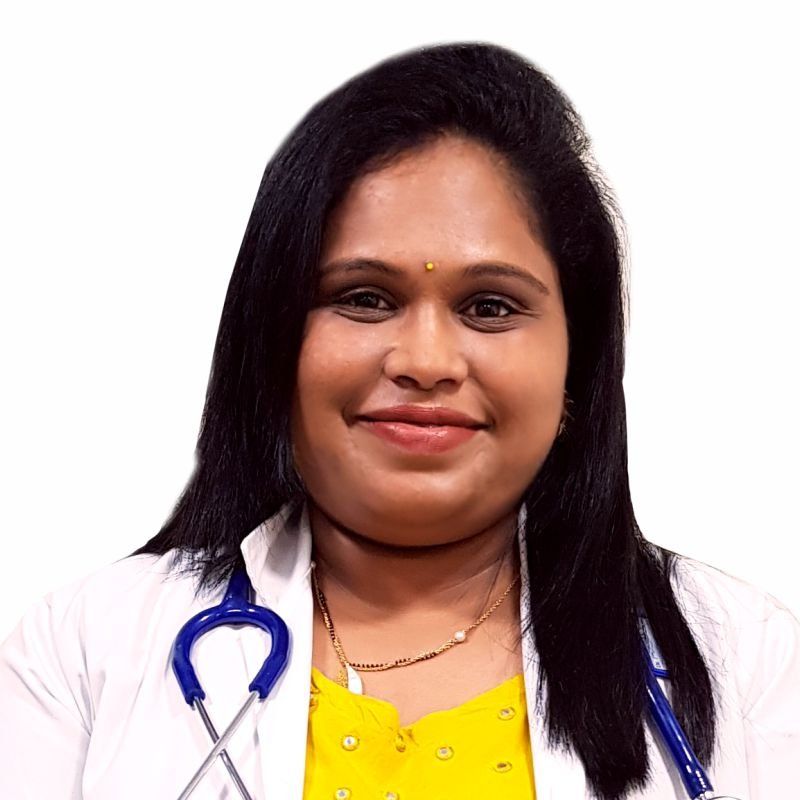Evidence based treatment for Gynaecological Disorders by Best Gynecologist in Hyderabad
Successfully Treating -
- Fertility Problem
- Uterine Anomalies (Absent Vagina, Bicornuate Uterus)
- Uterine Fibroids
- Irregular Periods & Menstrual Disorder
- Polycystic Ovary Syndrome (PCOS)
- Cyclical Mastalgia (Breast Pain)
- Premenstrual Syndrome (PMS)
- Sexually Transmitted Disease (STD)
- Female Sexual Dysfunction
- Vaginal Bleeding
- Breast Cancer
Request an appointment
Gynaecology Appointment Query
Our Counselling Clinic to improve Women's Health
Book an appointment, Choose your location
Madinaguda
Frequently asked questions:
Dr. Mugdha Bandawar
MBBS, DGO, FMAS, DMAS (Diploma in Minimal Access Surgery)
Obstetrician, Gynecologist, Laparoscopic Surgeon and Infertility Consultant
Dr. Mugdha Bandawar has over 6+ years experience in performing all major and minor gynaecological operations. Also, she is expert in Normal delivery, Caesarean section (C-section), Diseases in pregnancy, Infertility evaluation/treatment, High-risk pregnancy care, Menopause Evaluation, Diagnostic Laparoscopy, Laparoscopic hysterectomy, PCOD Treatment, Hormonal Imbalance, Irregular Periods, Menstrual Disorder, Laparoscopic ovarian drilling, Laparoscopic Tubal recanalization etc.
We offers comprehensive treatments for Gynaecological diseases and disorders
3,28,338
99,825
684
2011
Surgeries Performed
230+
Laparoscopic Myomectomy
780+
Laparoscopic Ovarian Cysts Removal
830+
Laparoscopic Hysterectomy
380+
Laparoscopic Tubal Recanalisation
780+
Laparoscopic Tubal Ligation
620+
Laparoscopic Adenomyomectomy
1640+
Diagnostic Hysteroscopy
540+
Hysteroscopic Polypectomy
Gynaecological Procedures
Our Gynaecologist diagnose and treat problems involving the menstrual cramps, PCOD, Uterine Fibroid, and Endometriosis. Gynecological disorders treatments are divided into medicinal and surgical treatments. We offer several surgical services and procedures, including but not limited to those listed below.
Why Pace Hospitals?
- 150+ bedded super speciality hospital, CGHS & ISO accreditation.
- NABH and NABL accreditation.
- State-of-the-art Liver and Kidney transplant centre.
- Empanelled with all TPA’s for smooth cashless benefits.
- Centralized HIMS (Hospital Information System).
- Computerized health records available via website.
- Minimum waiting time for Inpatient and Outpatient.
- Round-the-clock guidance from highly qualified surgeons and physicians.
- Standardization of ethical medical care.
- 24X7 Outpatient & Inpatient Pharmacy Services.
- State-of-the-art operation theaters.
- Intensive Care Units (Surgical and Medical) with ISO-9001 accreditation.








